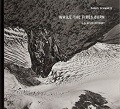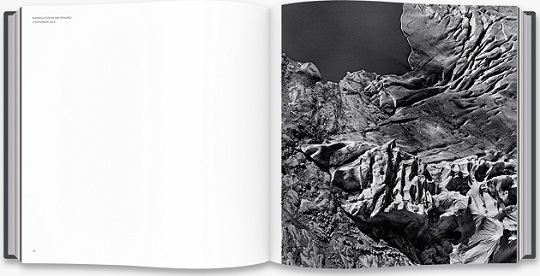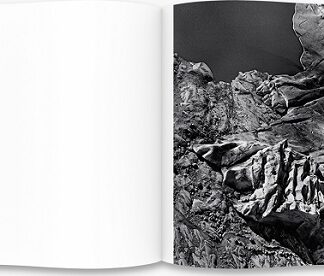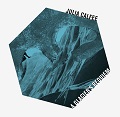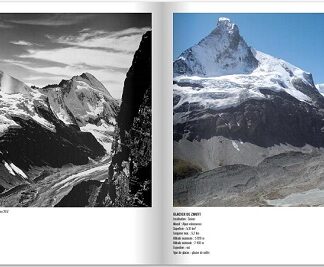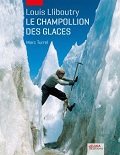While the Fires Burn – A Glacier Odyssey
CHF 68.00 inkl. MwSt.
In 2009, Daniel Schwartz began a photographic art project documenting the
disappearance of glaciers around the world, intending it as a catalyst for
reflections on climate history and the relationship between glacial cycles and
human lifespan, on natural ecology and human ‘progress’.
The project’s geographical field of interest extends from today’s Alpine
cryosphere to areas of prehistoric glaciation in what is now the great plain
of Switzerland, to as far afield as Pakistan (Karakoram range), Uganda
(Rwenzori range) and Peru (Cordillera Blanca), all of which demonstrate
dramatically shrinking glaciers at differing stages. The photographer has
travelled widely over many years, creating unique new views of rarely
photographed equatorial African glaciers.
Combining spectacular close aerial photography with archive documents,
Schwartz links visual art and the natural sciences, continuing an
interdisciplinary tradition with roots in early 18th-century Switzerland, the
birthplace of glaciology. These beautiful photographs, shot in exceptional and
arresting detail, define new ways to examine glaciers as a functional archive
of human presence, and to consider human intervention in natural history.
Empfehlungen zum Thema
Kunst/Kultur
Sachbücher/ Dokumentationen
Sachbücher/ Dokumentationen


